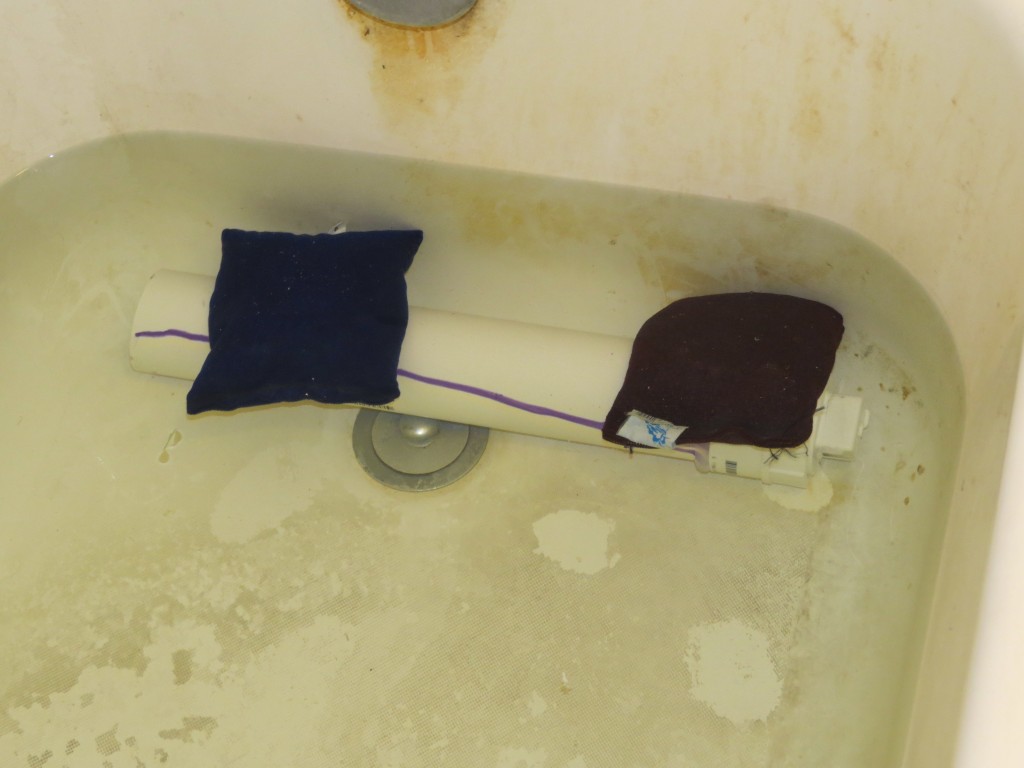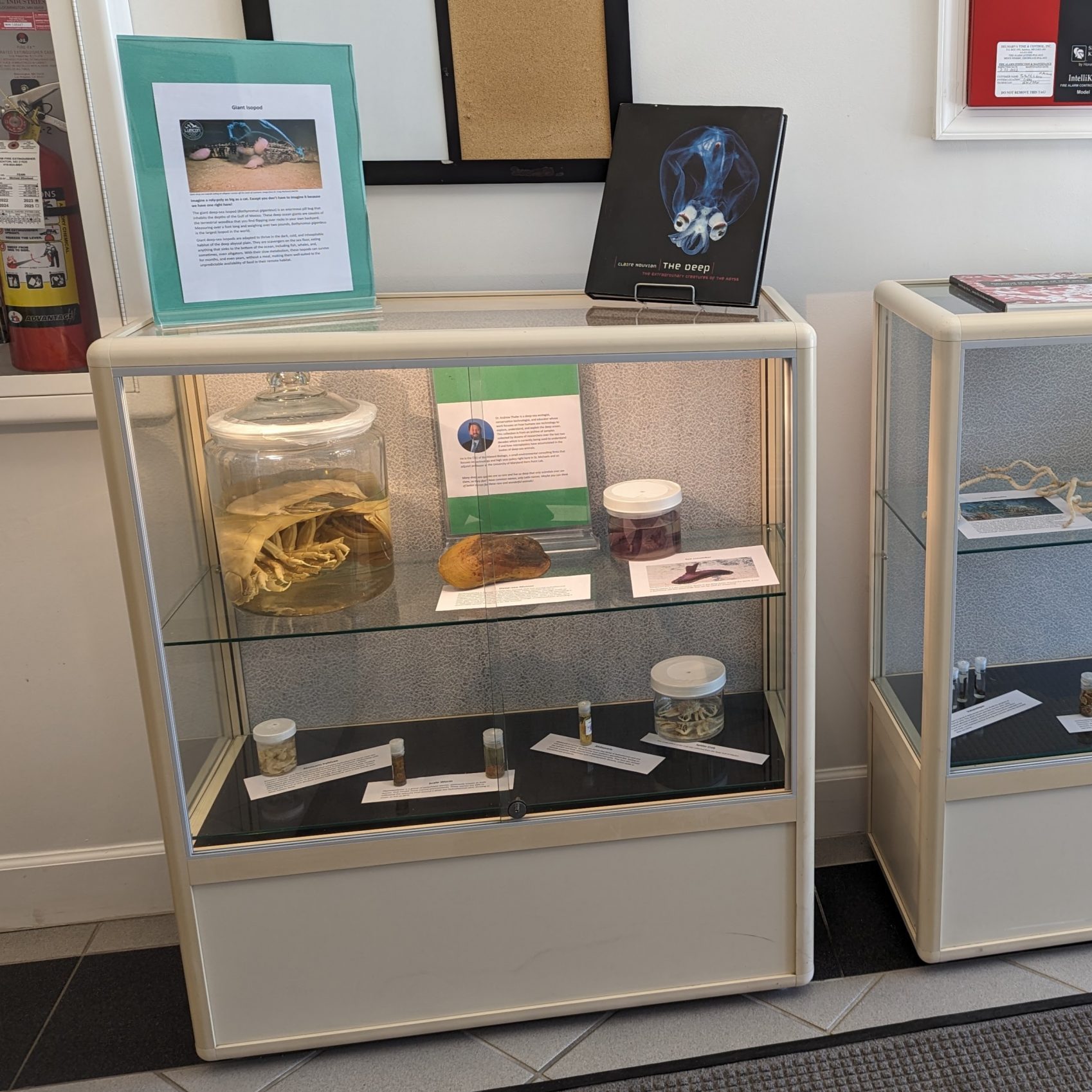Two weeks ago, we launched Oceanography for Everyone–The OpenCTD, a crowdfunding project to develop a low-cost, open-source CTD. After a few days hunting around for the best sealants, I put the prototype (name pending, suggestions welcome) through its first soak test.

The results were… mixed. I left the CTD soaking for 12 hours (with hardware removed) to see if there was any water incursion. Unfortunately, it seems like there is a small leak around the cap pipe cap. Total water incursion after 12 hours was less than 1 ml, but for us, that isn’t acceptable. Fortunately, we have a couple solutions in the works. For the prototype, we’re planning on adding teflon plumbers tape and additional sealant to help fill the voids. Longterm, we’re looking into a different cap assembly that would allow us to incorporate an O-ring into the assembly.
Developing a low-cost, open-source CTD costs time and money. You can helps us achieve our goal of making oceanography accessible to everyone by funding our Rockethub project–The OpenCTD.



This is the same tub you occasionally drain the blood from 100 pound pigs in? I’m impressed by how NOT dirty it is.
you might try to make the end closure with 1/2 of a pipe union and a flat 1/4″ thick disk of plastic. that way, it’s o-ring sealed and the increase in depth/pressure acts to increase the sealing pressure.
i’ve successfully used the construction with a piece of clear polycarbonate to make an inexpensive u/w video housing for a small helmet cam.
There’s a discussion on DIY dive lights here http://www.candlepowerforums.com/vb/forumdisplay.php?127-Dive-Lighting that might have some interesting sealing details.